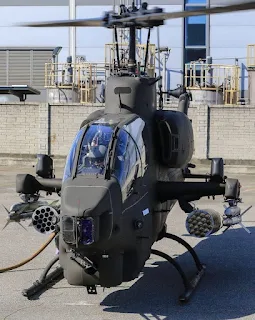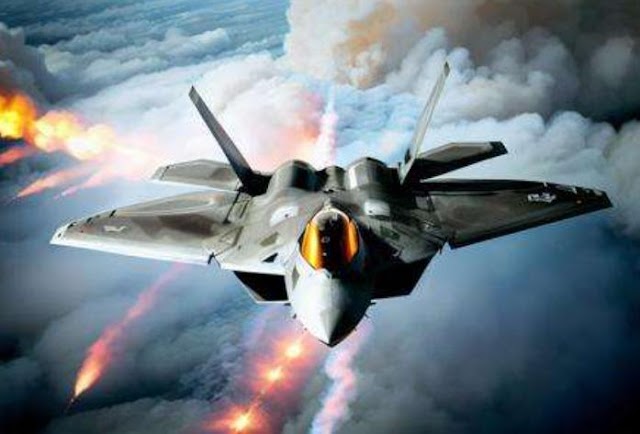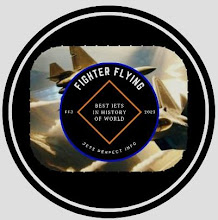The Bell AH-1 Cobra: An Iconic Journey Through Time
The Bell AH-1 Cobra, a formidable single-engined attack helicopter born from the American rotorcraft manufacturer Bell Helicopter, holds a distinguished place in the prolific Huey family, commonly known as the HueyCobra or Snake.
Development and Vietnam War:
The AH-1 swiftly emerged as an interim gunship, answering the urgent demands of the United States Army during the Vietnam War. It ingeniously utilized the proven engine, transmission, and rotor system of the Bell UH-1 Iroquois, pairing it with a redesigned narrow fuselage. The original AH-1, designed explicitly for attack purposes, featured stub wings for weapons, a chin-mounted gun turret, and an armored tandem cockpit for a pilot and gunner. This design aimed to fulfill the critical role of providing armed escort for transport helicopters in contested environments. The maiden flight of the Model 209 prototype on 7th September 1965 marked the beginning of its rapid production.
Vietnam Deployment and Global Adoption:
By June 1967, the AH-1 saw active service in Vietnam, contributing over a million operational hours, providing fire support, escorting transport helicopters, and engaging in "hunter-killer" teams. The Cobra's impact was substantial, with around 300 AH-1s lost in combat. Its success resonated beyond the US Army, as other branches, including the US Marine Corps, and various countries like Israel, Japan, and Turkey, opted for this versatile helicopter.
Decades of Service and Evolution:
The AH-1 served as the backbone of the US Army's attack helicopter fleet for several decades, participating in conflicts from Vietnam to Grenada, Panama, and the Gulf War. However, during the 1990s, the Boeing AH-64 Apache gradually replaced the Cobra, concluding its service in 2001. The Israeli Air Force notably deployed the Cobra during the 1982 Lebanon War, while Turkish AH-1s engaged Kurdish insurgents near Turkey's southern borders.
Innovations and Adaptations:
Bell's interest in helicopter gunships dates back to the late 1950s, inspired by the Algerian War. The D-255 helicopter gunship concept, named "Iroquois Warrior," emerged, incorporating features like a grenade launcher, belly-mounted gun pod, and stub wings for rockets or anti-tank missiles. Despite protests and skepticism, the US Army awarded Bell a proof-of-concept contract in December 1962. The Model 207 Sioux Scout, a modified Model 47, validated the concept but was deemed undersized and underpowered.
Design and Combat Tactics:
The visual design of the Cobra reflects intentional sleekness, resembling a jet fighter. Aviation author Stanley McGowen noted its distinct features, including a narrow fuselage, an unusual cockpit arrangement covered by a fighter-like canopy, and occupants protected by armor. Operated by a certified pilot and gunner in tandem, the Cobra emphasized maintaining speed and mobility during active engagements. Armaments, mounted on hardpoints, enabled efficient support, with a focus on suppressing hostile targets.
Legacy and Conclusion:
The AH-1 Cobra, with its rich history and adaptability, leaves a lasting legacy. Its evolution into upgraded versions like the AH-1 SeaCobra/SuperCobra and the experimental Bell 309 KingCobra showcases its enduring significance. Beyond military roles, surplus AH-1 helicopters found new life in civilian applications, including aerial firefighting operations.
In conclusion, the Bell AH-1 Cobra's journey spans pivotal moments in military history, embodying innovation, adaptability, and resilience. Its sleek design, combat effectiveness, and global impact solidify its place as a venerable icon in the realm of rotorcraft.
Frequently Asked Questions (FAQs):
1. What makes the AH-1 Cobra stand out in the realm of attack helicopters?
The AH-1 Cobra distinguishes itself through its dedicated design for close air support and armed escort missions. Its sleek jet fighter-like appearance and tandem cockpit arrangement contribute to its unique identity.
2. How did the AH-1 Cobra contribute during the Vietnam War?
The Cobra played a crucial role in providing fire support, escorting transport helicopters, and engaging in "hunter-killer" teams, significantly impacting the outcomes of battles in the challenging terrain of Vietnam.
3. Why was the AH-1 Cobra gradually replaced by the Boeing AH-64 Apache in the US Army?
The transition to the AH-64 Apache in the 1990s was driven by the need for a more advanced and capable attack helicopter. Technological advancements and changing strategic requirements played a key role in this shift.
4. What innovative features did Bell introduce in the development of helicopter gunships, specifically the AH-1 Cobra?
Bell's innovations included the incorporation of stub wings for weapons, a chin-mounted gun turret, and an armored tandem cockpit. These features aimed to enhance the Cobra's combat capabilities and survivability.










.jpeg)
.jpg)
1 Comments
Theek hai , samaj gaya
ReplyDeleteIf you have any doubts. Please let me know. I would be happy for your kind suggestion.